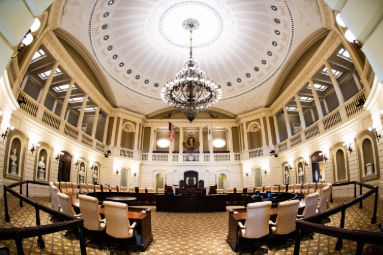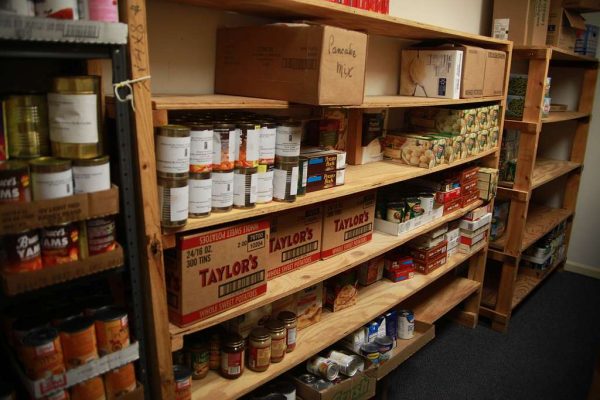The Grim Reality of California’s Devastating Wildfires
What seems to be a bright night in California is far more deadly than it looks. Just over the mountains overlooking Los Angeles, a ginormous wildfire is ablaze, scorching much of the adored landscape.
November 12, 2018
On Thursday, November 8, wildfires began raging across California in the Sierra Nevada foothills and Los Angeles shoreline. Fueled by high winds, dry vegetation, and low humidity, fires spread rapidly overnight. California has found itself battling wildfires year round, and this seems to be the new norm. In many areas of the state, residents got in their cars and fled, packing the roads to a deadlock.
The largest of these wildfires is called the “Camp Fire,” and it has burned its way into holding the record for most destructive in California’s history. Camp Fire began wiping away the town of Paradise early Thursday morning, spreading to over 111,000 acres. By Sunday night, there were 31 statewide fatalities, 35 people missing, and 6,400 homes burned down. The blazes of Camp Fire as of now are only 25% contained. Hours after the devastating fire broke out, frantic residents were forced to ditch their cars due to gas shortages and fallen power lines.
Neil Young, Robin Thicke, Gerard Butler and Miley Cyrus are just a few of the many residents who came home to their houses destroyed by the Woolsey fire, scorching the north of Los Angeles in Southern California. The Woolsey Fire, affecting Thousand Oaks, Oak Park, Westlake Village, Agoura Hills, West Hills, Simi Valley, Chatsworth, Bell Canyon, Hidden Hills, Malibu and Calabasas, was 15% contained and had torched 85,200 acres as of Sunday night. Calabasas, a city of 24,000, saw the potential for even more destruction and sent out a mandatory evacuation order.
Flames are consuming everything they come into contact with while temperatures are still soaring and fires are moving faster than anyone has ever seen. There continues to be vast sections of the state remaining under a red flag warning, a designation used by the National Weather Service to indicate ideal wildfire conditions. As citizens of California watch their homes be burned and destroyed, they are grateful for all of the firefighters who are risking their lives for everyone in California. There remains a thick blanket of gray smoke above all of what’s left.











